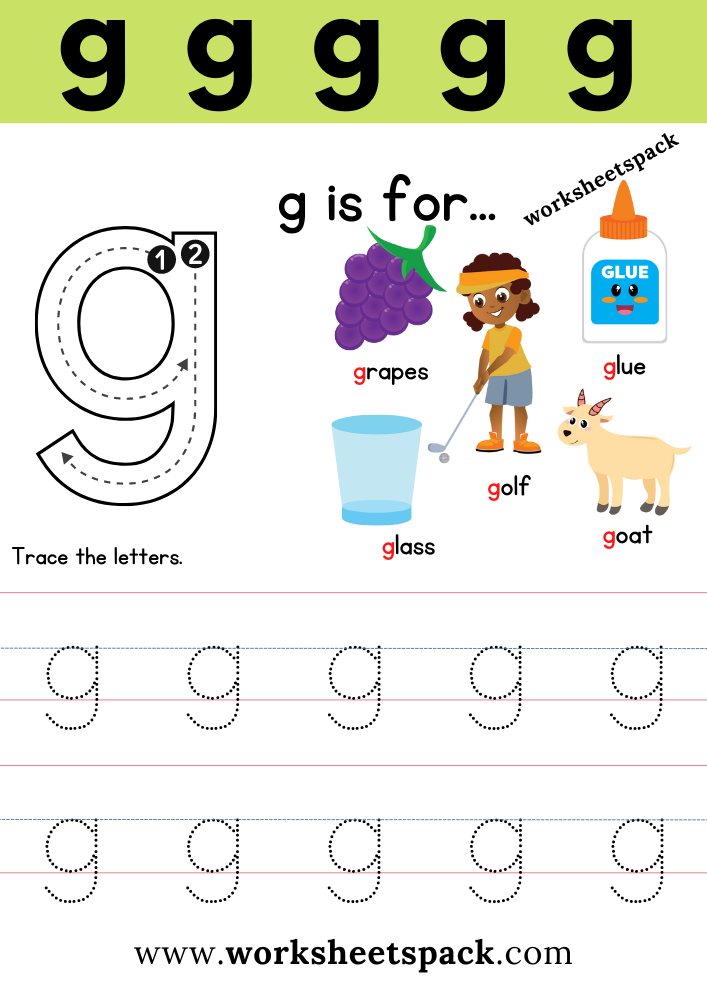As a preschool teacher or parent, helping children learn the alphabet is an important part of their early education. One way to make learning fun and engaging is by using worksheets that focus on individual letters. In this article, we will explore free letter G worksheets that are perfect for preschool-aged children.
Learning the letter G can be an exciting adventure for preschoolers. From identifying the uppercase and lowercase forms of the letter to practicing writing it, there are many ways to incorporate the letter G into your lesson plans. These free worksheets are a great resource for teaching children about the letter G in a hands-on and interactive way.
Free Letter G Worksheets for Preschool
1. Letter G Coloring Page: This worksheet features a large letter G for children to color in. This activity helps children recognize the shape of the letter and practice fine motor skills as they color within the lines.
2. Trace the Letter G: In this worksheet, children can practice tracing both uppercase and lowercase versions of the letter G. This helps children become familiar with the formation of the letter and improves their handwriting skills.
3. Letter G Sound Match: This worksheet features pictures of objects that start with the letter G, such as grapes and a guitar. Children can match the pictures to the corresponding words, helping them associate the letter G with its sound.
4. Letter G Maze: Children can navigate through a maze by following the path of the letter G. This activity not only reinforces letter recognition but also helps improve problem-solving skills.
5. Letter G Dot-to-Dot: This worksheet features a dot-to-dot activity where children can connect the dots to reveal the letter G. This activity helps children practice counting and reinforces the shape of the letter.
Overall, these free letter G worksheets for preschool are a fun and educational way to introduce children to the letter G. By incorporating these worksheets into your lesson plans, you can help children develop important literacy skills while keeping them engaged and excited about learning.
